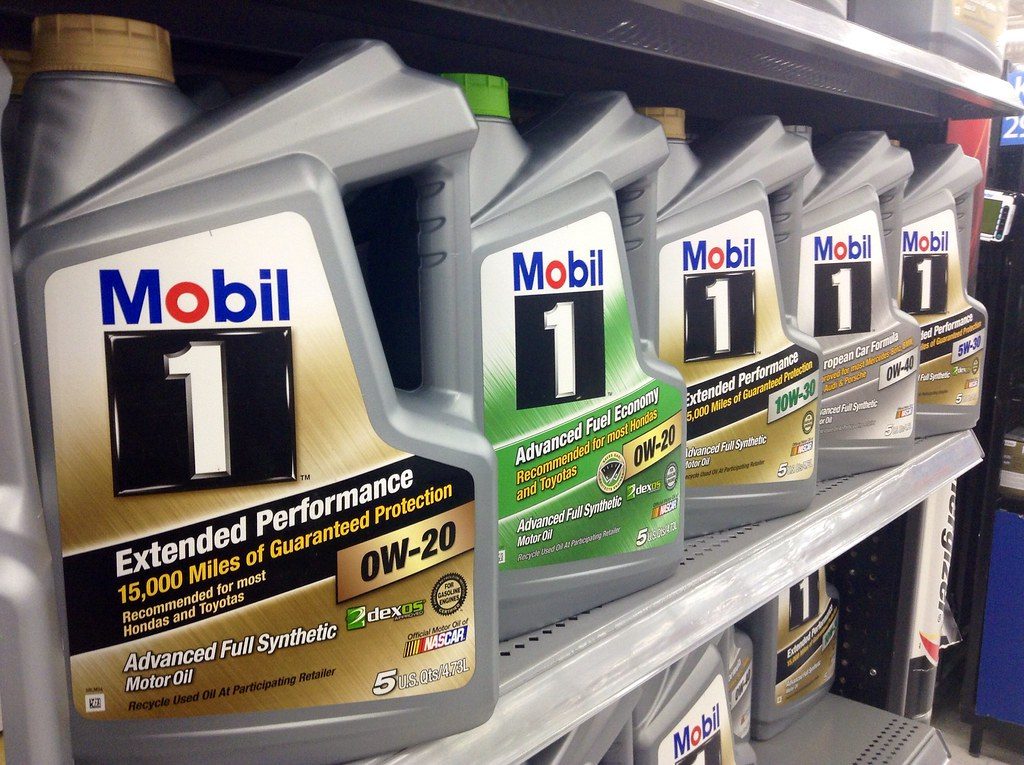1K
When engine oil needs to be topped up, motorists are faced with the decision – 5W30 or 5W40? Learn about the differences between the two types.
5w30 or 5w40 – What do the numbers mean?
- The “w” stands for winterised. In the past, there were special engine oils for summer and winter, which then had to be changed in each case. Today, multi-grade oils are used that can be used all year round.
- The numbers before and after the w describe the viscosity of the oil, i.e. the viscosity.
- The number before the w stands for the viscosity at minus temperatures. The lower the number, the better the oil flows even in winter.
- The number after the w describes the viscosity at summer temperatures. The higher the number, the better the oil behaves at high temperatures. These can be caused either by heavy use of the engine or hot outside temperatures.
Which oil is the better choice?
- 5w40 oil is more viscous and has a more stable consistency. This oil variant ensures less wear on the engine and generally has a higher operating reliability.
- 5w40 oil is more viscous and has a more stable consistency.
- If your engine uses a relatively large amount of oil, you are usually better off with 5w40 oil.
- If your car is used only sparingly or if the oil wear is low, 5W30 oil is also sufficient.
- 5W30 engine oil is thinner and thus ensures less resistance in the engine. This saves fuel.
- Which oil is more suitable always depends on the car. It is best to ask your workshop.

